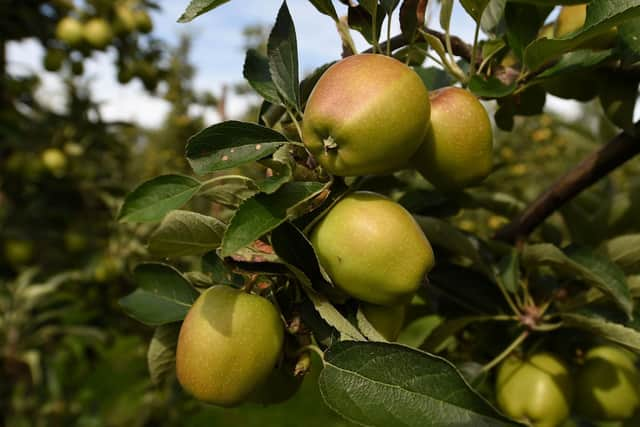Enough farm land to produce 250,000 tonnes of vegetables per year has been sold off for property development, new research shows
New research revealed today by CPRE, the countryside charity, found almost 14,500 hectares of the country’s best agricultural land has been permanently lost to development since 2010 and could have provided fruit and vegetables to two million people.
Nearly 300,000 homes have been built on prime farmland, despite more than enough brownfield land waiting for regeneration, and has created a situation where 60 per cent of England’s finest agricultural land is at the highest risk of flooding due to climate change.
Advertisement
Hide AdAdvertisement
Hide AdFurther analysis shows what CPRE has described as an “exponential rise” in agricultural land set aside for housing and industry and between 2010 and 2022 that has gone from 60 hectares to more than 6,000 hectares per year.


There is space for more than 1.3m homes to be built on at least 26,000 hectares of brownfield land, most of which is in disused and derelict urban patches of the midlands and north most in need of regeneration, yet these 300,000 houses were sited on 8,000 hectares of farmland.
He told The Yorkshire Post: “There are a lot of issues with farmers feeling it is better, personally or financially, to sell land rather than carry on farming it but the vast majority of farmland that comes up for development is because a land agent or promoter will go to a farmer and say you can get planning permission for development on your land - that is how it is working.
“From a farmer’s point of view that is understandable way of resolving issues.
Advertisement
Hide AdAdvertisement
Hide Ad“There is another interesting aspect in that at the moment Natural England can’t see how much impact it is going to have.”
A cross-departmental land use strategy, already operating in Scotland, could take 18 months to two years to be brought in across England, added Mr Wood.
The CPRE also calls for site surveys to be compulsory for any proposed development more than a hectare in size, with studies revealing the soil quality of a piece of land, what could be grown on it and what is the financial and produce value of it.
Mr Wood added: “There is no integrated policy for looking at these things, but if we had that we could make much more informed decisions.”

